A necklace made from the teeth of an ancient sea monster was discovered during Magellan's scanning project of the Titanic wreck.
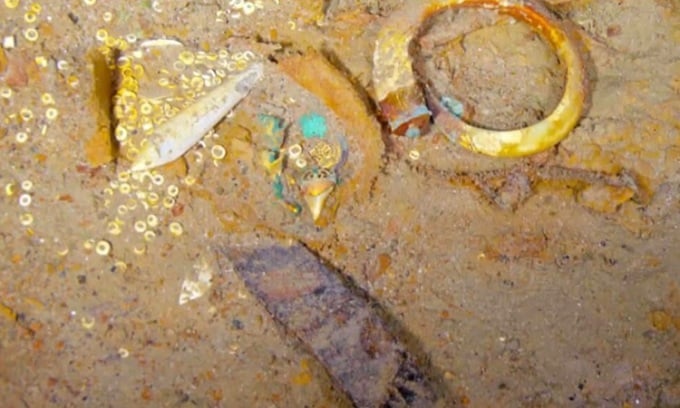
The exploration company will keep the ring as it is. Photo: Magellan
No one has ever seen the necklace from the sinking of the Titanic, the most advanced luxury passenger ship of its time, 111 years ago. The Titanic sank after colliding with an iceberg in the North Atlantic Ocean, about 370 miles southeast of Halifax, Nova Scotia, on April 15, 1912. The ship was on the fourth day of its maiden voyage from Southampton, England, to New York, USA. The disaster resulted in the deaths of more than 1,500 people, more than two-thirds of the crew and passengers on board.
The unique necklace was discovered by Magellan, a Guernsey-based company that specializes in underwater exploration and mapping of the seabed. As part of its underwater scanning project, Magellan took 700,000 photos of the Titanic wreck using two submarines. Using these photos, the company created the first full-size digital scan of the Titanic, providing a new perspective on the wreck. Among the photos, Magellan's team discovered the necklace contained gold and megalodon shark teeth, according to CEO Richard Parkinson.
Megalodon was a giant shark that went extinct about 3.6 million years ago. The largest shark that ever lived, the oldest megalodon skeleton dates back more than 20 million years. The largest megalodon could be 15 to 18 meters long, according to the Natural History Museum in London. In comparison, the largest great white sharks were about 6 meters long. Megalodon teeth could be nearly 18 centimeters long, although fossils are usually between 8 and 13 centimeters.
Magellan did not retrieve the megalodon shark tooth necklace from the wreck due to an agreement between the US and the UK. Now, Magellan is trying to determine who owned the necklace with the help of artificial intelligence (AI). The company is using AI to analyze film footage of passengers boarding the ship in 1912, examine the clothes they were wearing, and deploy identification techniques.
Magellan’s scans of the Titanic could help create a realistic 3D model or digital twin of the wreck at unprecedented resolution. The wreck’s remote location at a depth of about 12,000 feet (3,810 m) has made it difficult to get a full view of the area. The new model will allow people to zoom in and get a close look at the entire wreck for the first time.
An Khang (According to Newsweek )
Source link





![[Photo] General Secretary To Lam attends the 80th Anniversary of the Cultural Sector's Traditional Day](https://vstatic.vietnam.vn/vietnam/resource/IMAGE/2025/8/23/7a88e6b58502490aa153adf8f0eec2b2)



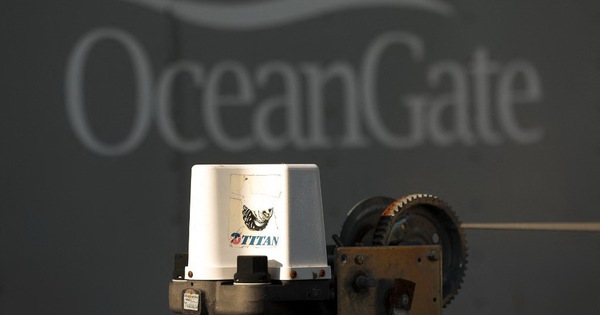

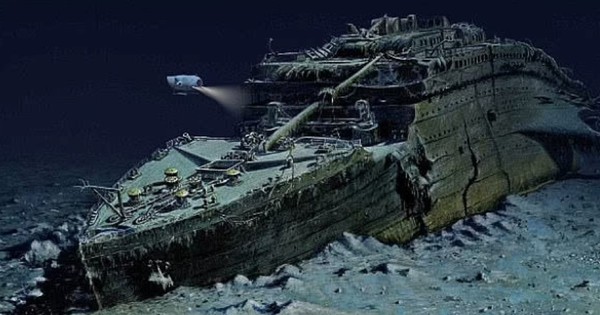
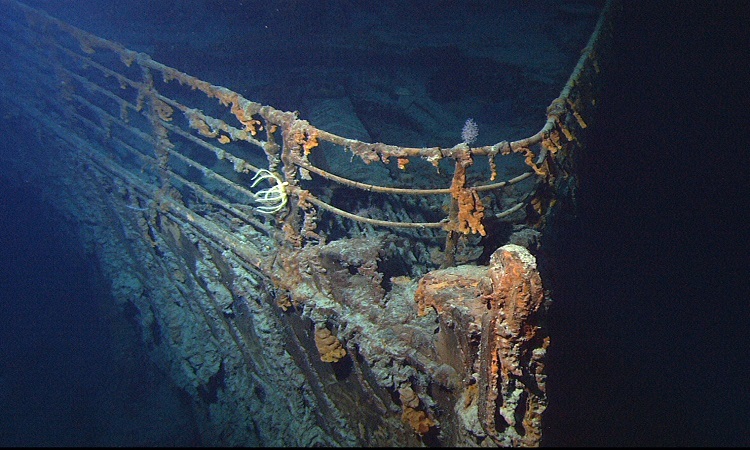
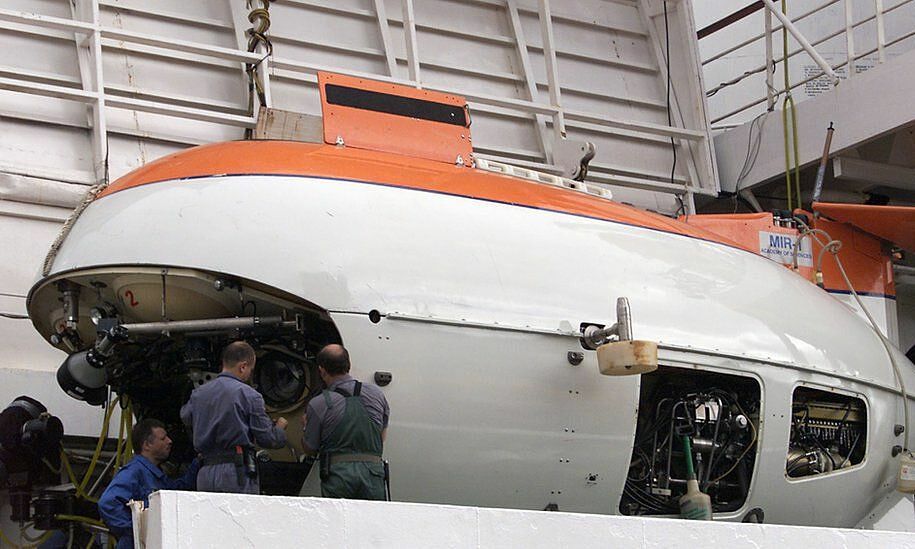
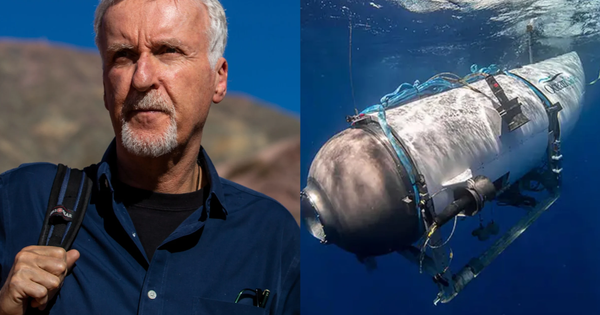
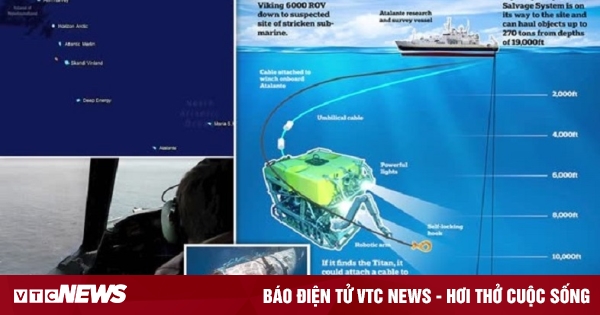





























































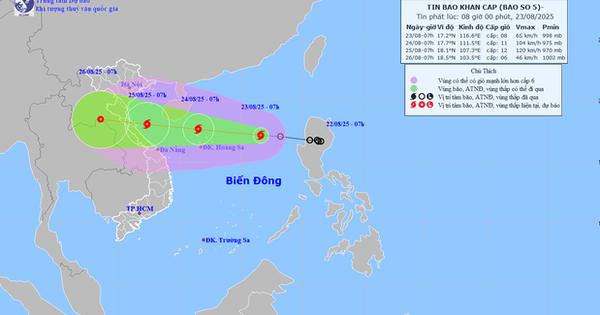
























Comment (0)